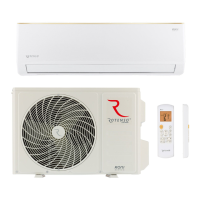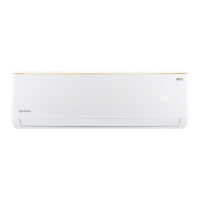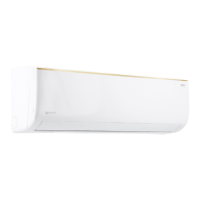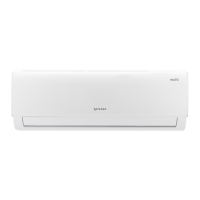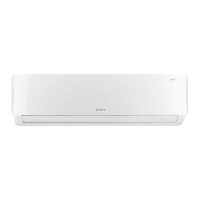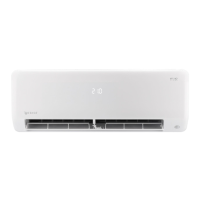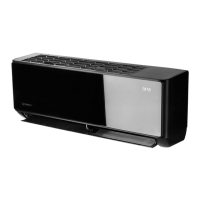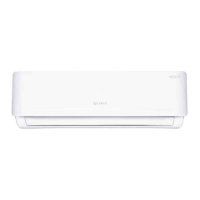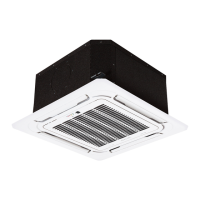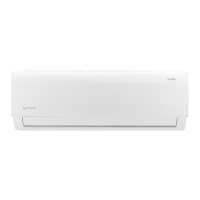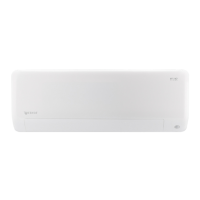What to do if my Rotenso Air Conditioner does not operate?
- JJacob LawsonJul 31, 2025
If your Rotenso Air Conditioner isn't working, there are several potential causes. First, check the power supply to ensure it's functioning correctly and that the plug is securely connected. Also ensure all connections are secure and the plug is fully inserted. Inspect the compressor thermomagnetic circuit breaker, and check and replace any faulty protective devices or fuses. Verify voltage levels in the power supply. Check if TIMER-ON function is activated. If these steps don't resolve the issue, the indoor/outdoor unit fan motor or electronic control board may be damaged and need replacement. It sometimes stops operating to protect the appliance, so allow the appliance to reset before attempting to operate again.

